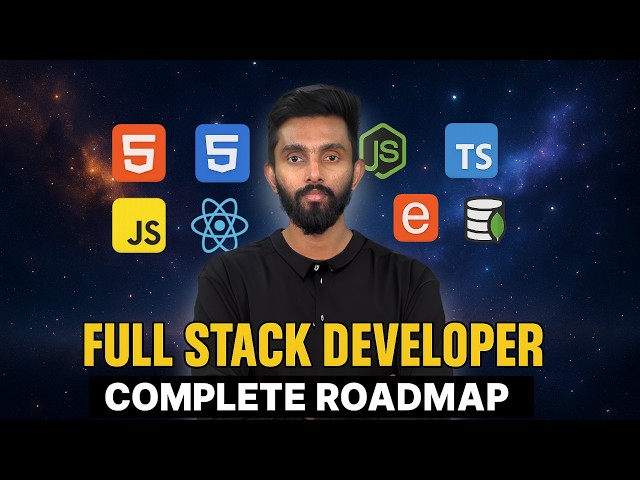Artificial Intelligence
Artificial intelligence (AI) is a transformative technology that enables machines to perform tasks that typically require human intelligence, such as reasoning, learning, decision-making, and problem-solving. Recently, AI has gained prominence as a critical component across various sectors, leveraging machine learning algorithms and AI automation tools to enhance efficiency and innovation. With numerous applications, including autonomous vehicles, virtual assistants, and advanced healthcare solutions, AI is increasingly integral to modern life and business operations. The advancements in AI capabilities have led to a proliferation of artificial intelligence applications. From generative AI, which creates content by learning patterns from data, to artificial narrow intelligence (ANI), which specializes in specific tasks, the range of AI's potential is both vast and continually expanding. In particular, industries such as healthcare and transportation have begun integrating AI solutions, with significant investments and advancements reported in AI-enabled medical devices and self-driving technology. Organizations are increasingly adopting AI technology, with statistics indicating that a substantial majority are now utilizing AI tools to drive productivity and bridge skill gaps in the workforce. Understanding the implications of AI and its various machine learning algorithms is vital for grasping the future of technology and its role in society. As AI evolves, it raises important ethical considerations and opportunities for growth, making it a critical topic of discussion for businesses, policymakers, and consumers alike.
How can AI help in becoming a Full Stack Web Developer in 2025?
AI serves as a critical tool for aspiring Full Stack Web Developers in 2025. Rather than competing with AI, developers should embrace collaboration with it. Through prompt engineering, developers can use AI to generate code for all three layers of web applications (frontend, backend, and database) without needing extensive prior knowledge of syntax. The optimal approach is parallel learning—studying syntax while simultaneously building projects with AI assistance, then reverse engineering the AI-generated code to understand implementation details. This method allows beginners to create complex applications immediately while learning the underlying concepts, making them more competitive than peers using traditional learning methods that separate syntax learning from application building.
Watch clip answer (11:46m)What is Microsoft's approach to digital accessibility and why is it important?
Microsoft views access to technology as a fundamental human right, recognizing that over a billion people worldwide live with some form of disability. The company has evolved its accessibility strategy by integrating both technical innovations and inclusive organizational practices. Despite rapid digital transformation across industries, the disability divide is growing, with only 4% of businesses considering accessibility in their strategy. This represents a significant business opportunity, as organizations with inclusive technology strategies demonstrate better revenue and profit margins. Microsoft's journey includes establishing employee resource groups, hosting regular ability summits, and creating the Inclusive Tech Lab to ensure products are accessible to everyone, regardless of whether their disabilities are permanent, temporary, or situational.
Watch clip answer (06:25m)How is generative AI transforming Business Intelligence in 2025?
Generative AI has evolved from an emerging technology to a proven force reshaping how businesses handle data. In 2025, solutions like Microsoft Copilot and Databricks Genie have overcome previous enterprise concerns around security and data governance, enabling widespread adoption of AI in business analytics. These tools have transformed BI platforms by making data-driven decision making accessible to everyone in an organization, not just technical experts, allowing businesses to uncover insights, simplify processes, and make decisions faster and smarter.
Watch clip answer (06:37m)What is artificial intelligence?
Artificial intelligence (AI) is the theory and development of computer systems capable of performing tasks that typically require human intelligence and discernment. It essentially refers to systems designed to act like humans in their ability to make decisions and solve problems. AI serves as a broad umbrella term encompassing numerous subfields with specialized applications. This technology enables machines to mimic human cognitive functions, making it possible for computers to handle complex tasks that previously required human judgment and reasoning abilities.
Watch clip answer (00:27m)What is computer vision and how is it applied to potato farming?
Computer vision is a technology that enables machines to understand and analyze images or videos through extensive data training. Unlike humans who can quickly interpret visual information, machines require significant relevant data to comprehend what they're seeing. In potato farming, computer vision uses instance segmentation to precisely identify individual potatoes, distinguishing them from rocks, equipment, or hands. This technology allows farmers to extract valuable information about potato size and weight, rather than just detecting their presence. By accurately tracing potato pixels, the system provides meaningful measurements that help growers maximize yields and make informed decisions.
Watch clip answer (01:45m)What major AI advancements did Google announce at their IO Conference?
At their IO Conference, Google unveiled numerous AI updates across virtually all their products and services. These announcements included Project Astra for enhanced real-time AI interaction, improved Gemini models with better contextual capabilities, and innovative features like Ask Photos that transforms how users interact with Google Photos. Google also introduced Veo, their text-to-video generation tool. The host plans to analyze these developments in depth, discussing what's promising, what's concerning, and what aspects leave users confused about Google's approach to AI integration across their ecosystem.
Watch clip answer (00:36m)




